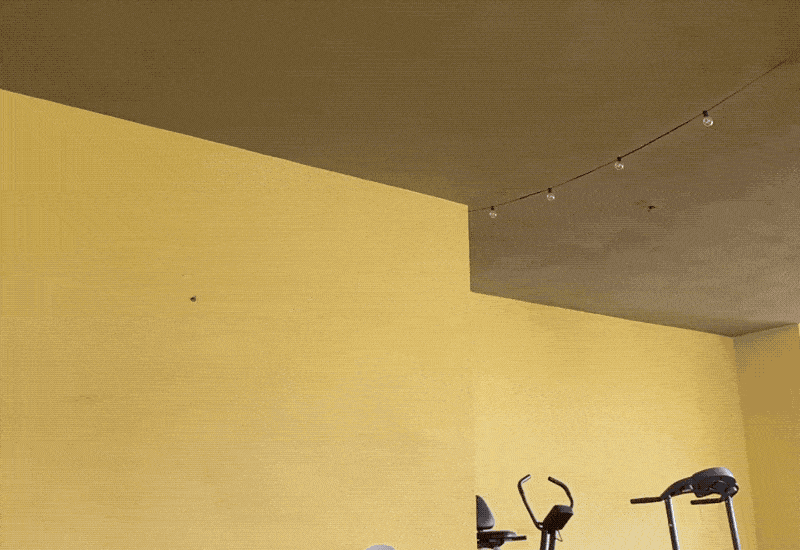„Folgemodus” im neuen iPad Pro

My favorite example [of Center Stage], however, is the last one, which is also tricky to explain. The video begins with an empty shot of my wall. Nobody has entered Center Stage’s “capture zone” yet and the camera is doing nothing. But here’s where another key Center Stage feature comes in: Center Stage can “see” subjects before they’re displayed onscreen and immediately zoom and pan the image to focus on them. […]
I thought about why I find this aspect of Center Stage so fascinating. Here’s what I came up with: traditionally, cameras show us exactly what they see – their viewfinder is a close match of what our eyes can see in front us. There’s no hidden truth. The lines have gotten blurry in recent years thanks to AI and features like Night Mode and Smart HDR, but Center Stage takes this to a different level: now, the computer is acting on data the camera is seeing but which is intentionally hidden from us since the image onscreen is cropped to a different aspect ratio. The iPad’s camera is aware of its surroundings beyond what is displayed onscreen.
Face ID (inklusive Aufmerksamkeitsprüfung), Fotoaufnahmen außerhalb des Kamerarahmens oder die „FaceTime Attention Correction” sind drei Beispiele, die mir spontan einfallen. Die letzten beiden Funktionen strich Apple wieder, weil sie als unverständlich respektive gruselig empfunden wurden.
(Korrektur: Das Feature „Augenkontakt“ kam mit iOS 14 zurück, zeigt sich aber so subtil, dass man vermuten könnte, es würde nicht funktionieren. Danke, @koios_ + @SpatenGlobus9)
Mit negativen Überraschungen für den Folgemodus der Ultraweitwinkel-Kamera im neuen iPad Pro rechne ich nicht. Wahrscheinlich ist eher das Gegenteil der Fall: In Erwartung einer Videokonferenz empfindet man die automatische Anpassung für den Bildausschnitt als zuvorkommend.
Trotzdem: Unsere Kameras verstehen schon sehr viel länger mehr, als sie uns tatsächlich zeigen. „Center Stage” ist ein weiteres Beispiel.